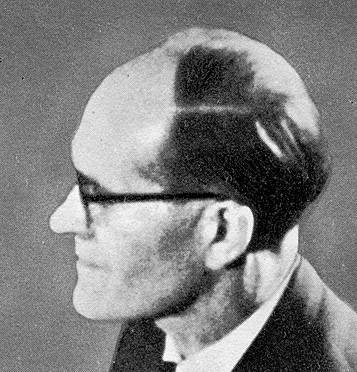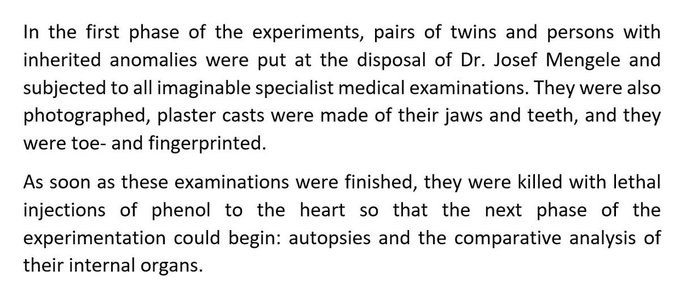
🧵 28 February 1941 | The Reichsführung SS set the agenda for Heinrich Himmler's visit to Auschwitz concentration camp for Saturday, March 1.
1/6
1/6
Participants: Reichsführer SS, SS-Gruppenführer Wolff (Chief of Staff of the Reichsführer SS, appointed as liaison officer with IG Farbenindustrie), SS-Sturmbannführer Vogel and SS-Untersturmführer von Thermann.
2/6
2/6
Departure from Tempelhof Airport - 11:00 a.m. Arrival in Gliwice around 1:00 p.m. Lunch in Gliwice, departure by car around 2:00 p.m. Arrival to Oświęcim at approx. 16:00. Then inspection of Auschwitz concentration camp.
3/6
3/6
Departure by car to Wrocław at 17:30, arrival in Wrocław at 21:00, reception for SS-Gruppenführer von dem Bach-Zelewski on the occasion of his birthday. Overnight at the Monopol Hotel.
4/6
4/6
On that day, the commandant's order gave recommendations regarding Himmler's visit, planned for March 1. The garrison members were ordered to put their quarters and barracks in order, and to make their uniforms look neat.
5/6
5/6
All leaves were suspended, the canteen was closed, and the departure for a planned social evening in Bielsko was postponed to another date.
6/6
6/6
• • •
Missing some Tweet in this thread? You can try to
force a refresh















